Greens. We all know we should eat them, but which ones are the best healthy green vegetables to eat? As a nutritionist, I get asked this question quite a bit. Well, let me explain the health, beauty, and nutrition benefits that these 7 healthy greens provide for the body. So, let's talk about the best leafy green vegetables for a minute.

Table of Contents
Simply put, the healthiest greens to eat are the ones you will actually eat. No, seriously, if you don't enjoy the preparation of the greens, you will dread eating them. But what if you love them all? I know I do.
🥬 Best Leafy Green Vegetables: Top 7 Healthy Greens To Eat
When it comes to leafy greens, most of us rely on the basics like romaine, green leaf lettuce and spinach week after week.
While all of these provide health benefits, there is a huge selection of leafy greens in the produce aisle that you could potentially miss!
Shaking things up can help keep things fun and interesting in the kitchen, while also diversifying your nutrient intake.
We've all heard that it's important to eat those green vegetables, and I have to say that age-old recommendation has merit!
Leafy green vegetables are a total nutrition powerhouse, providing plant-based calcium, iron and magnesium, plus vitamins A, C and K. Vitamin K is necessary for blood clotting and bone health.
⁉️ Why Are Green Vegetables Healthy?
Green vegetables are some of the most nutritious and nourishing items that you can eat.
You should try to add in some healthy greens daily to your diet, but also rotate the types of healthy greens so you don't get bored. This also ensures you get a wide array of vitamins and minerals that your body needs to thrive.
It's recommended adults consume 2 ½ cups of vegetables daily, with about half of that coming from leafy green vegetables (1).
The best way to protect your body from free radical damage is by increasing antioxidant rich foods into your diet. This is where eating healthy greens comes into play.
Antioxidants not only protect us from signs of aging, but also from common diseases that stem from eating poorly.
Green vegetables are an excellent source of essential vitamins and minerals, such as iron, potassium, magnesium, and vitamins, A, K, C, and D.
Greens are also one of the best ways to meet your dietary fiber needs. Fiber not only keeps us regular, but can be beneficial to preventing heart disease and can help balance blood sugar levels.
Finally, green vegetables are low in sugar due to their lack of sweetness (as well as lower levels of processed sugars). This makes them a great choice for people who are trying to cut down on the amount of sugar they eat.
Go ahead and bulk up your plate with some healthy leafy greens today. If you don't like the taste of one variety, chances are you can find an alternative. It might also be a matter of preparation method, so don't hesitate to do some experimenting.
So let's learn about the 7 healthiest leafy green vegetables to try today.
💚 Best Healthiest Leafy Green Vegetables
Here are some of my favorites, along with simple ways to try incorporating them into your regular rotation.
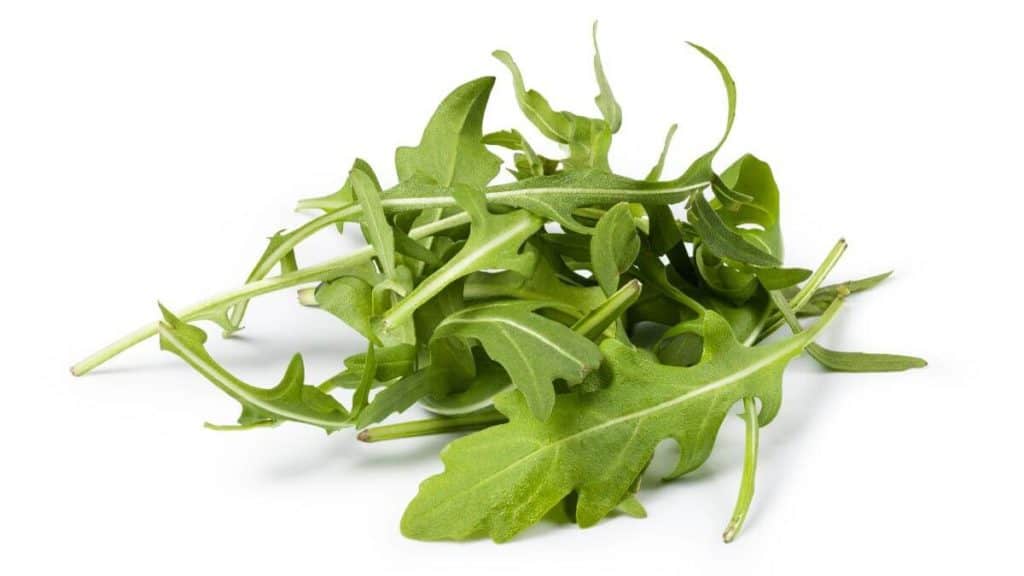
💚 Arugula
Swapping arugula for romaine is a great way to spice up a salad (literally!).
This leafy green has a peppery bite and delicate texture. It pairs perfectly with a light citrus vinaigrette and some shaved parmesan cheese (aka - the ultimate no hassle dinner side salad).
Arugula is a cruciferous vegetable, like its cousins broccoli and cauliflower, and therefore has added disease-preventative effects.
Arugula Has A Delicious Kick In Flavor
Lots of people love arugula, for that spicy kick of flavor. I love to add a handful of arugula into soups and stews to bump up the nutrient content. This also tampers down the flavor if you dislike the slightly peppery flavor.
I love that zesty kick of flavor, especially in a nice grilled chicken salad recipe.
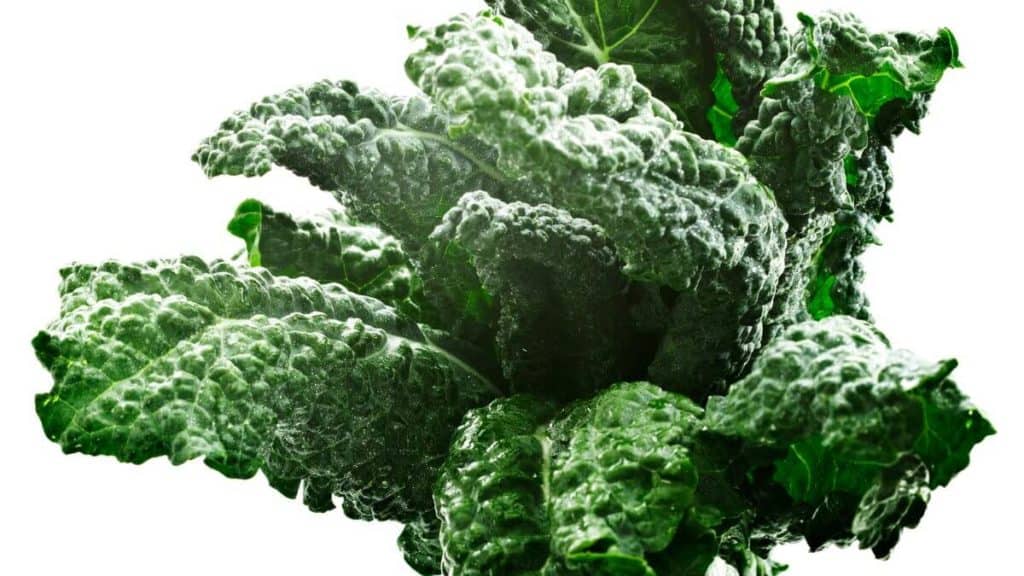
🦖 Lacinato Kale
You might already be familiar with traditional "curly" kale, which has become a grocery store staple in recent years.
Lacinato or "dino" kale is the one with long flat leaves with a bumpy texture and newer to the scene.
Add it to your favorite soup or stew near the end of cooking time for a pop of bright green color and an extra element of texture.
Cooking kale mellows its bitter flavor, so a quick sauté in some olive oil with a bit of lemon juice is a delicious way to enjoy this nutrient powerhouse.
Kale Contains Vitamins, Phytonutrients, and Minerals Like Calcium
Kale is a delicious cruciferous green vegetable that is high in nutrients, including vitamins and phytonutrients.
It is also a wonderful source of antioxidants, which help protect the body from free radical damage.
The key phytonutrients found in kale are lutein and zeaxanthin, which both help support eye health (2).
Kale is a wonderful source of fiber, as well as vitamin K and calcium. One cup of raw kale provides 8 grams of fiber.
You can read more about the health, nutrition, and beauty benefits of kale at the link below.
How To Eat Kale?
Kale can be enjoyed in smoothies, soups, and more! It's also great for savory dishes like blistered mushrooms with croutons and kale.
I love to saute some fresh kale with olive oil and fresh garlic. You can also make kale chips with various flavor profiles.
Kale is also perfect as a salad, just make sure to massage your kale ahead of time with an olive oil and vinegar dressing to help break down the tough fibers. This will help make the kale easier to digest.
If you want to be adventurous, try adding a handful into your favorite green smoothie recipe.

🇨🇭 Swiss Chard
This leafy green typically has a gorgeous bright pink or yellow stem. Due to the large size of the leaves, chard makes a nice swap for tortillas (a great low-carbohydrate option!).
Use the leaves to wrap hummus and vegetables, like I did with the recipe from my Beauty Nutrition Index Cookbook here, with a Chickpea Avocado Swiss Chard Rolls Recipe.
You can also sauté the delicate leaves, as they cook up quickly. The stems are full of nutrition, so chop them and sauté first with some onion and garlic for an amazing side dish. I've been known to add some chickpeas for a plant-focused meal.
This healthy green tends to be bitter when eaten raw. However, Swiss chard has a mild sweet flavor similar to spinach after cooking. This leafy green makes a healthy addition to any meal and pairs well with other vegetables or a healthy vegetarian protein source, like a curry stew.
📥 GET THIS RECIPE IN YOUR INBOX 📥
Try making my Swiss Chard rolls, a recipe inside my Beauty Nutrition Index Cookbook.
Delicious Green Vegetable: Swiss Chard Health Benefits
So, not only is Swiss chard a wonderful healthy green to add to your diet, but it's relatively low in calories, but packs a nutritional punch with its high vitamin and mineral content.
Some key nutrients Swiss Chard contains include vitamin A, vitamin K, vitamin C, and magnesium.
It's best to eat Swiss Chard cooked because of the presence of oxalic acid. Oxalic acid is a compound that may inhibit the absorption of minerals.
However, by lightly steaming or cooking those vegetables, it reduces the oxalic acid so your body can properly digest those important minerals.
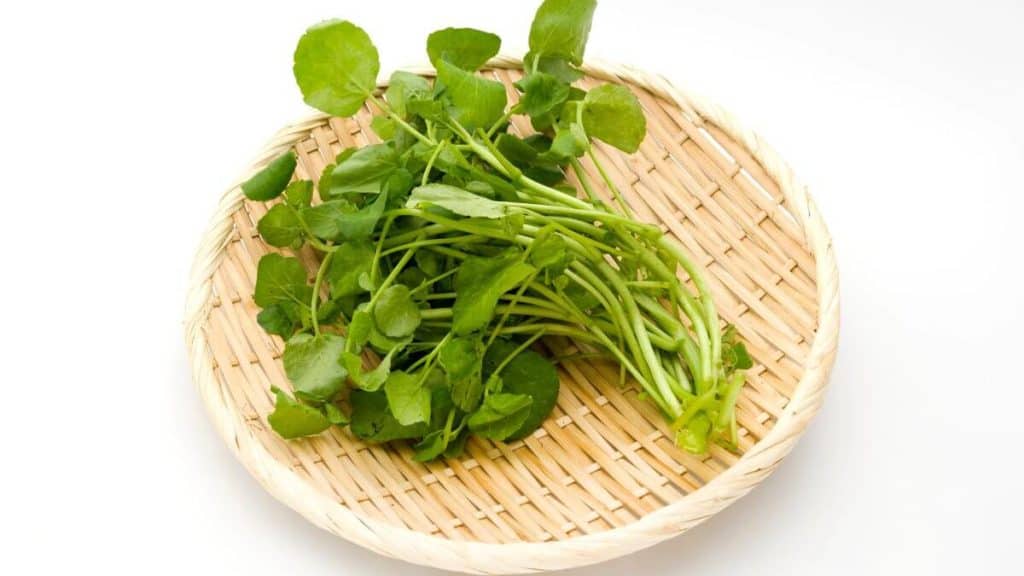
💦 Watercress
Watercress, one of the healthiest leafy green vegetables, is a cruciferous vegetable with long stems and small, circular leaves. It is a peppery, small green often found in salads.
It makes a great sandwich topper in place of traditional leaf lettuce for a fun presentation. The bright, peppery taste also does well, with just a bit of vinegar and olive oil.
Peppery Watercress Is Full of Vitamins
Watercress is a leafy healthy green that is part of the mustard family. It explains the kick of flavor.
But don't be fooled by this simple green vegetable, because it is packed with nutrients like vitamin K, vitamin A, and vitamin C.
It's also a good source of folate. It's relatively low in calories, with about four calories per cup.
How To Eat Watercress?
Watercress is great in a salad, but also try topping your sandwiches or wraps with a handful of watercress.
It's also great to throw into a yummy pasta dish. You can also drop into soups just before serving for a burst of flavor.
One of my favorite salads includes watercress, cucumbers, and radishes - fresh and delicious!
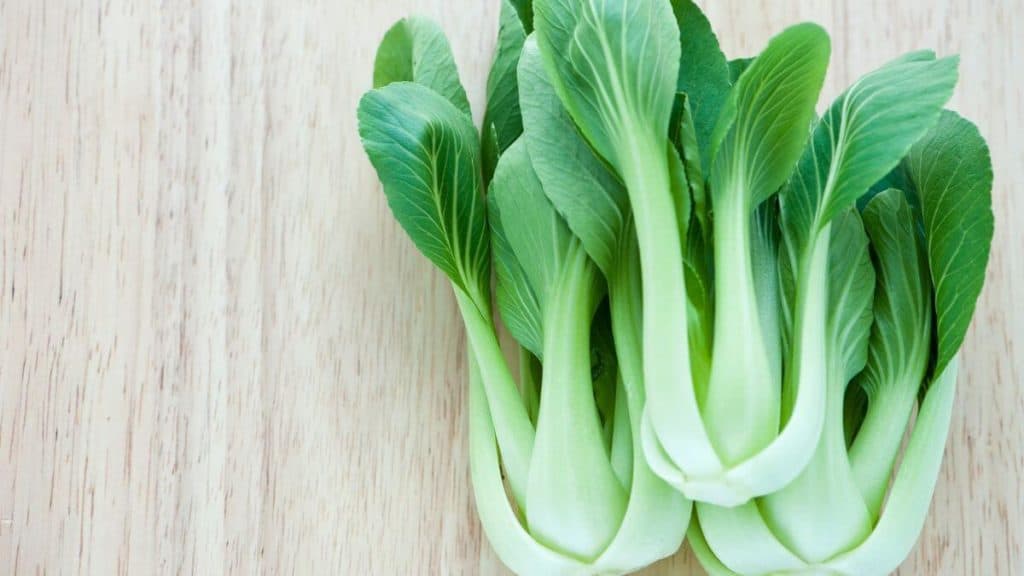
💚 Bok Choy
Bok Choy is a type of Chinese cabbage with a bright white stem surrounded by dark green leaves. It's most commonly used in Asian cuisines, including stir-fries and soups like ramen, but feel free to add it to salads and slaws.
I love this simple recipe for sheet pan bok choy. Simply place quartered bok choy on parchment-lined sheet pan and toss with freshly grated ginger and sesame oil. Roast at 350° F until softened, and serve with fresh lime wedges.
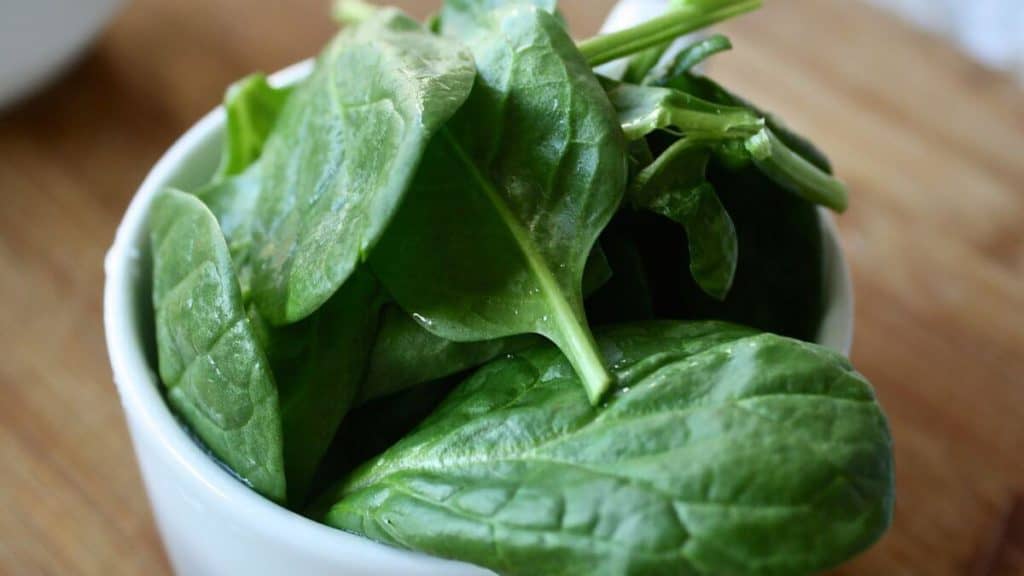
💚 Spinach
This is one of the most versatile healthy greens you can have on hand. Spinach is a great source of iron, folate, potassium, vitamin A and C. In addition, spinach is known for its high vitamin K content. This vitamin is responsible for healthy blood clotting.
One simple spinach leaf actually contains more than half of your daily vitamin K needs for the day (3). Impressive, right?
Spinach Is Loaded With Healthy Plant Compounds
Zeaxanthin and lutein found in spinach are known for its supportive nature surrounding healthy vision.
Kaempferol is a powerful antioxidant that can decrease your risks of chronic diseases like high blood pressure and heart disease.
Nitrates found in spinach also protect the health of your heart.
I love to saute a handful with my morning eggs to bulk up the fiber content and also help with my seasonal allergies.
Quercetin, found in spinach, is great for reducing inflammation and minimizing allergy symptoms.
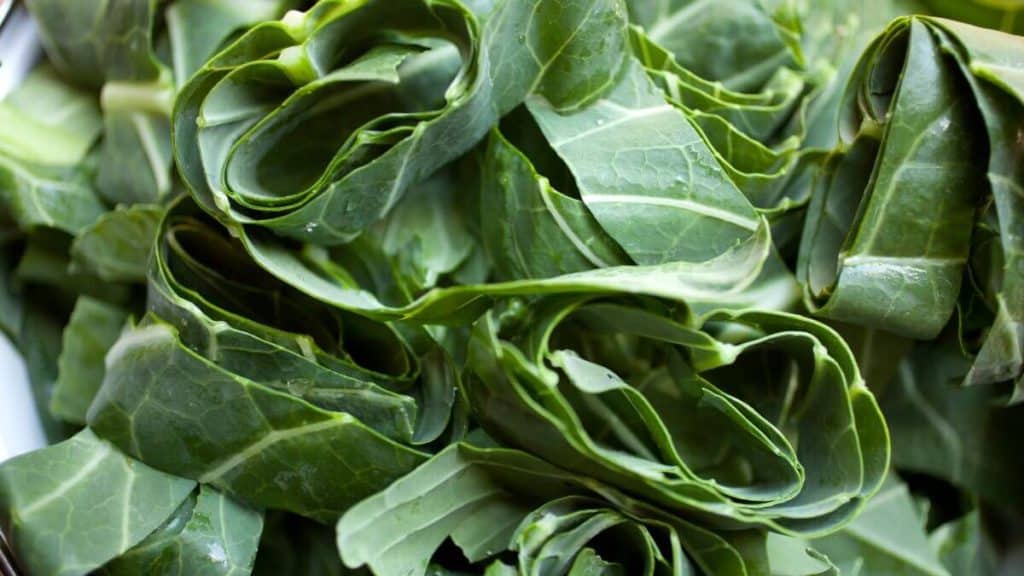
💚 Collard Greens
Collard greens are a great source of many vitamins and minerals, including vitamin K, calcium, folate (a B vitamin), vitamin C, and magnesium. Collard greens are also a good source of antioxidant Vitamin E.
You can protect your bone health by adding a serving of collard greens into your diet because of the high vitamin K content found in this healthy green vegetable.
If You Are Looking For A Great Source Of Vitamin C, Collard Greens Are The Perfect Leafy Green
Collard greens are a great source of Vitamin C, containing 370% more than the daily recommended amount (4).
Vitamin C is important for the immune system and helps protect the body against infection.
The fiber content in collards is also extremely high, at around six grams per cup. It is also important to note the high phenol, polyphenol, and alpha-lipoic acid, which are types of antioxidants known to help protect the body form oxidative stress as a result of free radicals.
Collard greens are a popular option when it comes to leafy green vegetables typically found in Southern American cuisine dishes.
This delicious vegetable can be chopped up and added to stews, sauteed with garlic and olive oil, or even used in place of a sandwich wrap.
Collard greens can even help you if you suffer from arthritis. One study from Boston University noted that individuals who get under 150 milligrams of vitamin C will suffer from a quicker breakdown of their cartilage.
So by increasing your vitamin C rich foods, like collard greens, you can help alleviate arthritis pain (5).
🥗 Want To Build A Salad With Plenty Of Healthy Greens?
It's no surprise that I love a good salad, but you can take any of the leafy greens mentioned above and turn it into a wonderful base in any salad.
Try layering on some bright juicy tomatoes, crunchy carrots, vitamin C rich bell peppers, and you have a quick easy salad.
If you want to make it more of a main dish salad, try adding a portion of a healthy protein source. I love chickpeas or lentils, if you want a vegetarian salad.
You can also try adding some grilled steak or chicken strips. Round out the salad with a healthy fat source, like your favorite nuts or seeds, or even some avocado.
🧡 Try These Healthy Salad Recipes Made With Leafy Greens
🗣️ Let's Discuss Best Leafy Green Vegetables to Eat!
So, since I love talking about all the wonderful green leafy vegetables you should be eating. I would love to hear what your favorite healthy greens you love to eat. Let me know in the comments below.
You can also connect with me @EatYourNutrition on Instagram. I love seeing your photos. #EatYourNutrition #LauraVillanueva
📚 References
- U.S. Department of Agriculture and U.S. Department of Health and Human Services. Dietary Guidelines for Americans, 2020-2025. 9th Edition. December 2020. Available at DietaryGuidelines.gov.
- Heber D, Bowerman S. Applying science to changing dietary patterns. J Nutr. 2001 Nov;131(11 Suppl):3078S-81S. doi: 10.1093/jn/131.11.3078S. PMID: 11694651.
- Collins, K; Zhao, K; Jiao, C; Xu, C; Cai, X; Wang, X; Ge, C; Dai, S; Wang, Q; Wang, Q; Fei, X & Zheng, Y. (2019). SpinachBase: a central portal for spinach genomics. Database (Oxford). 1 (1), baz072.
- U.S. Department of Agriculture. (2019, April 1). Fooddata Central Search Results. FoodData Central. Retrieved June 11, 2022, from https://fdc.nal.usda.gov/fdc-app.html#/food-details/170406/nutrients
- Yao H, Xu J, Wang J, Zhang Y, Zheng N, Yue J, Mi J, Zheng L, Dai B, Huang W, Yung S, Hu P, Ruan Y, Xue Q, Ho K, Qin L. Combination of magnesium ions and vitamin C alleviates synovitis and osteophyte formation in osteoarthritis of mice. Bioact Mater. 2020 Nov 10;6(5):1341-1352. doi: 10.1016/j.bioactmat.2020.10.016. PMID: 33210027; PMCID: PMC7658330.





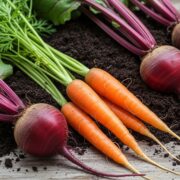








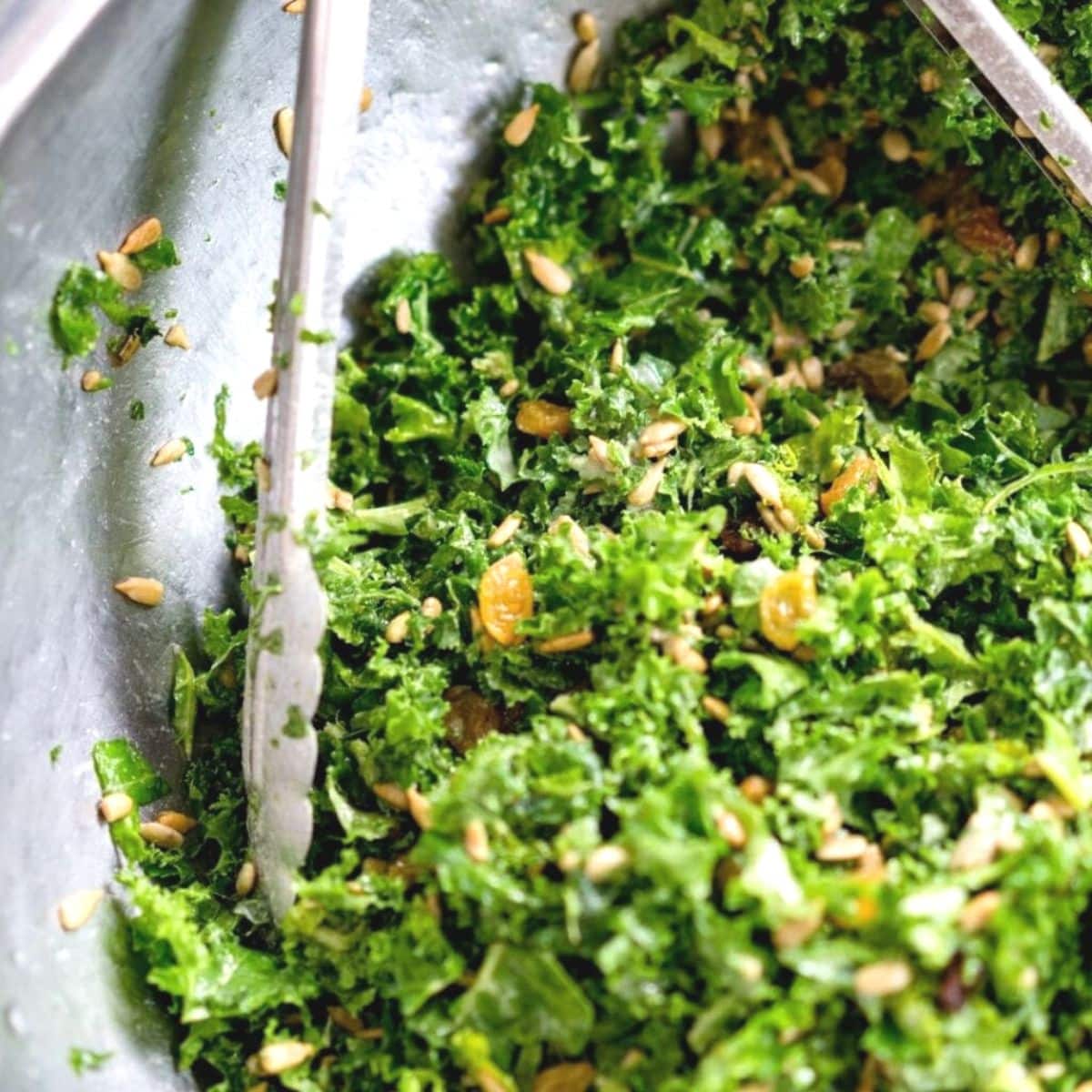

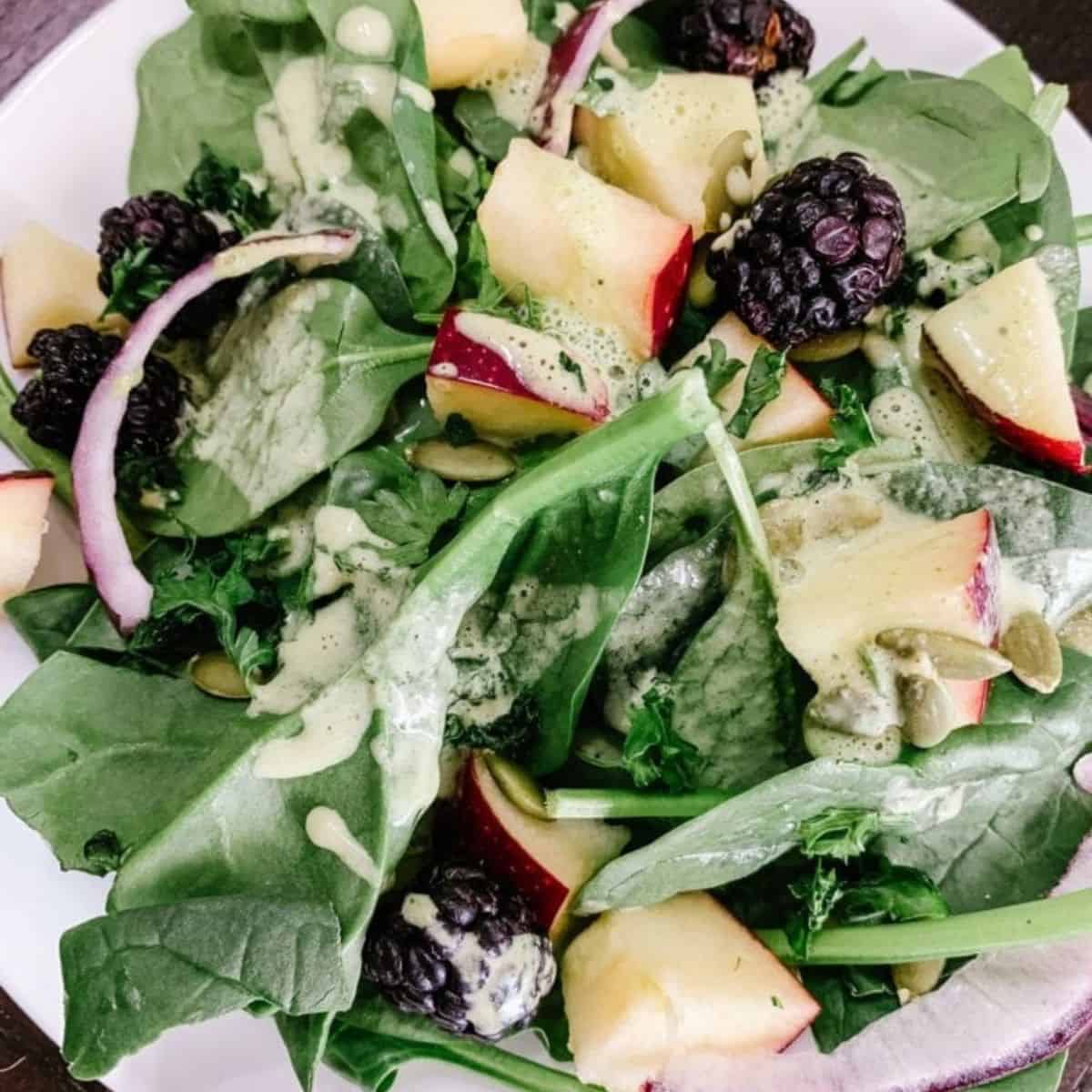
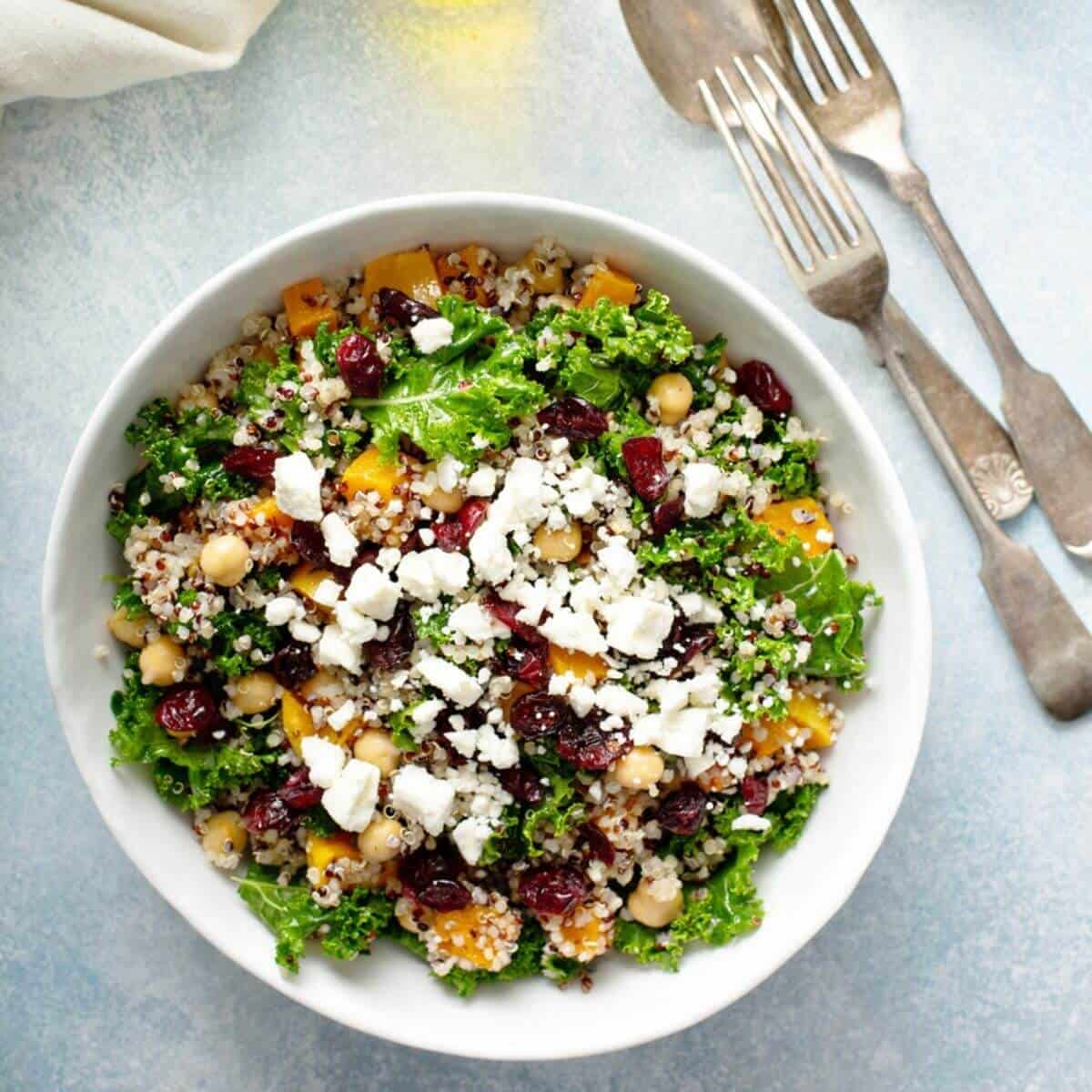




Comments
No Comments